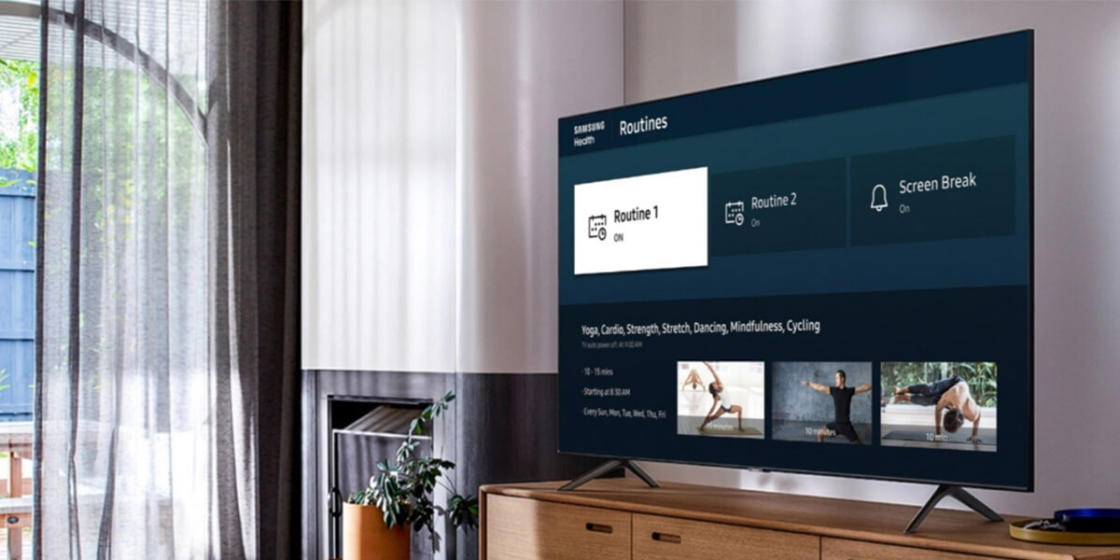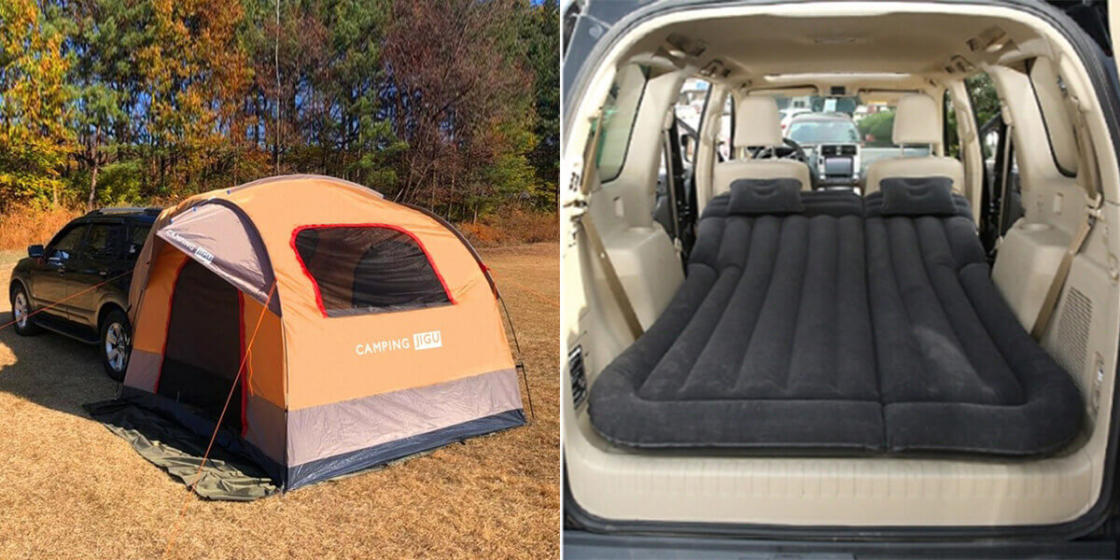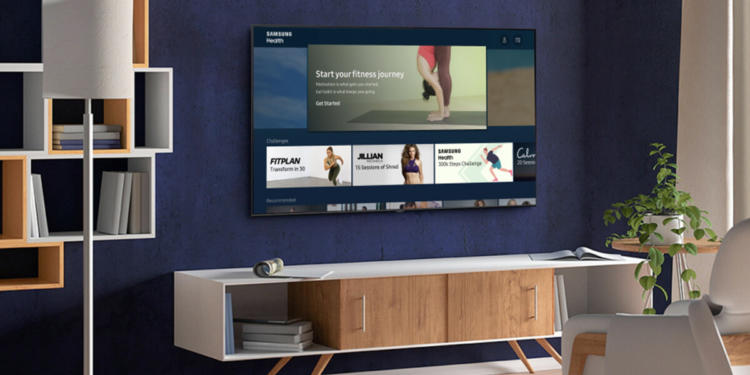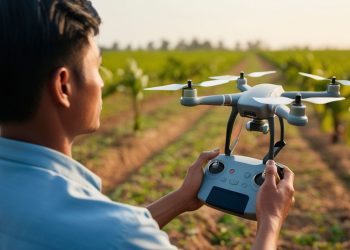Along with the COVID-19 pandemic comes a “new normal” of lifestyle trends such as working and staying at home. People are spending more and more time indoors than usual, reluctant to go out and socialize. Even if they go out, people opt for outdoor activities which avoid crowds.
In light of the pandemic, South Koreans’ resilience brought out the emergence of new lifestyle trends to cope with the situation.
Work at Home
Although quarantine measures become lax, an increasing number of companies are adopting work-at-home schemes, including remote working, flexible hours, and videoconferencing. This resulted in a massive increase in the time spent at home by employees, especially office workers.

Remote working services dramatically increased as companies find ways to communicate with each other. Toss Lab, a leading telecommunications platform operator, said that its platform Jandi increased tenfold since the pandemic. Subscribers to Naver’s telecommuting software, LineWorks, also increased five times in the same period.
However, with signs of a worsening business environment, some larger companies, including Hyundai Motor, have already ordered its workers to return to offices and facilities.
This begs the question, if whether the unprecedented demand for remote work services in the country would stick even after COVID-19 remains or goes.
Staying Fit at Home
The COVID-19 pandemic resulting in social distancing measures made it difficult for more people to access and use training facilities. However, reports suggest that fitness is still one of their priorities to maintain good physical and mental health.

The situation led to a significant rise in demand for content and products concerning fitness training. In an effort to promote healthy living at home, Samsung collaborated with three leading fitness brands, including Fitplan, Calm, and Jillian Michaels. Samsung introduced them through its Samsung Health app available in the 2020 Samsung Smart TV platform.
YouTube channels such as “Thankyou BUBU” and “Dano TV” also grew in popularity as they provide training and exercise routine videos.
Meanwhile, aside from content consumption, training equipment, and products also enjoyed an increase in demand. The E-commerce company, Tricycle, said that sales of items such as training equipment and yoga suits rose 25 percent compared to last year.
Home-Furnishing

In relation to work-at-home and fitness training schemes, a new trend of “Home-Furnishing” has emerged. More people working, exercising, and studying at home want to decorate their houses to focus well on their activities. As the line between work and daily life blurs, people need spaces where their work, hobbies, and workout routines are all possible.
Home décor supplier Casamia reported a 54 percent increase in sales of office-related furniture in March compared to the same period last year. Furniture South Korean home interior startup, “Today’s Home” posted a rise of 50 percent in users in early April compared to before the coronavirus pandemic started in late January.
Outdoor Activities
For those who love the outdoors but want to avoid large crowds, activities that minimize contact with others are gaining popularity. One such activity is camping, specifically camping that involves sleeping in cars.

WeMakePrice, a social commerce platform, said that sales of in-vehicle camping gear, specifically sleeping pads designed for sleeping in cars, dramatically increased to 636 percent in April, compared to the same period last year. Additionally, Docking tents jumped 608 percent in April compared to a year ago.
Recently, the Korean government revised the Automobile Management Act, making it possible to transform any vehicle into a camping car. Previously, the Korea Transportation Safety Authority only allowed the conversion of 11-seater vans into camping cars, but the revision made small and medium-sized vehicles available.
In a report, the Ministry of Land, Infrastructure, and Transport said that the number of approved camping cars increased three times to 3,214 units in the first half of this year compared to the same period in 2019.







